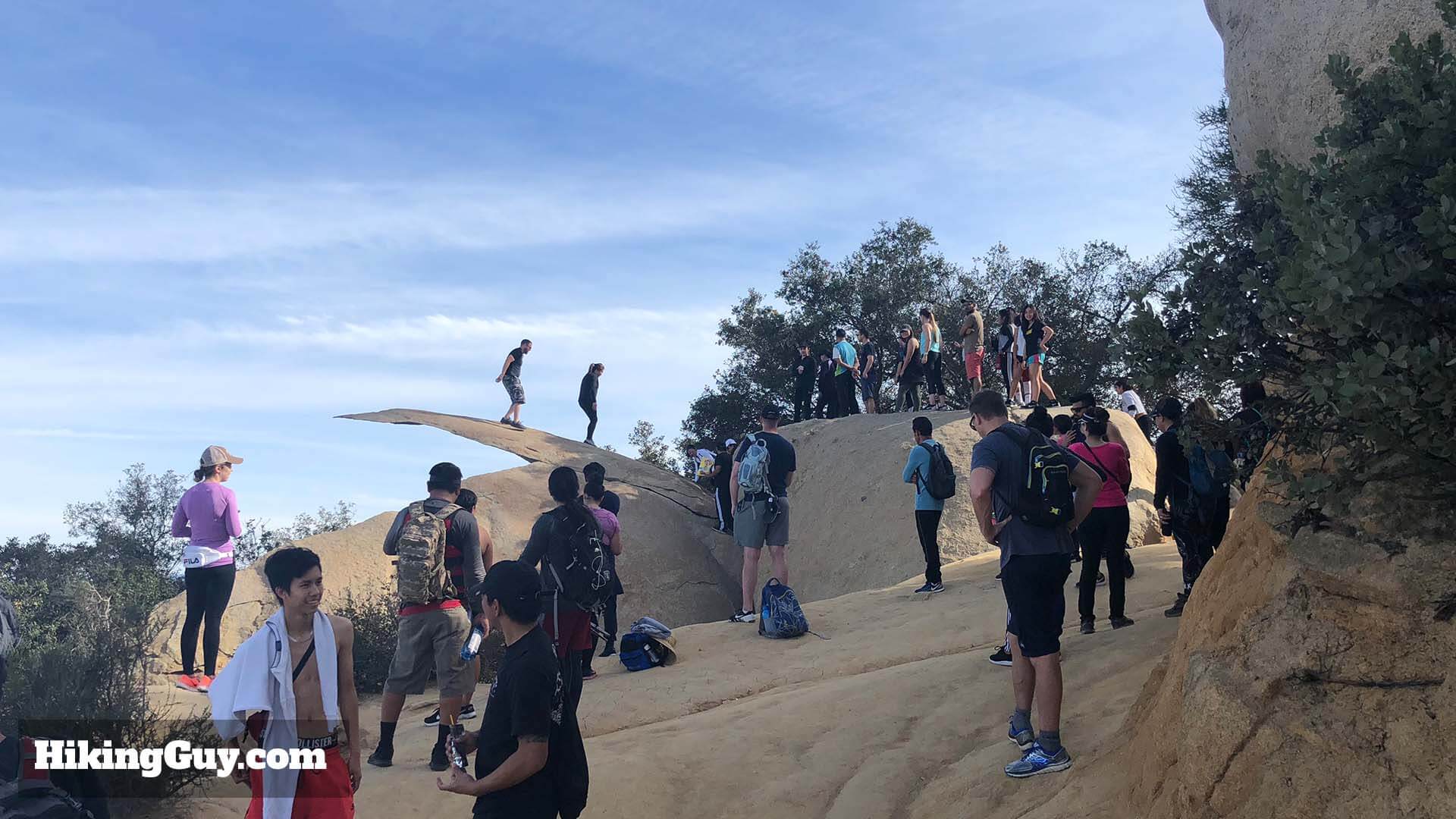|
Mt. Woodson
Woodson Mountain, also known as Mount Woodson, is a mountain near Poway, California. It is known for Potato Chip Rock, located the west of the summit. History The Kumeyaay call this mountain ''Ewiiy Hellyaa,'' meaning the 'Mountain of the Moonlit Rocks', which was considered a place of power where the Moon sleeps. It is also associated with a mythical rabbit and the story of Toyapai, a Kumeyaay sprit giant who stepped on the southern side of the mountain on the way to the coast. Pioneers passing through the area called it Cobbleback Peak. The mountain was renamed as Woodson Mountain in honor of Confederate States of America, Confederate dentist Dr. Marshall Clay Woodson, who moved into the area in 1895. The mountain became popular in the 2010s as Potato Chip Rock became more widely known through the influence of social media platforms such as Instagram. Potato Chip Rock The rock is located at the top of the mountain, at an elevation of about . The hike to the rock takes ap ... [...More Info...] [...Related Items...] OR: [Wikipedia] [Google] [Baidu] |
Kumeyaay Language
Kumeyaay (Kumiai), also known as Central Diegueño, Kamia, and Campo, is the Native American language spoken by the Kumeyaay people of southern San Diego County, California, San Diego and Imperial County, California, Imperial counties in California. Hinton (1994:28) suggested a conservative estimate of 50 native speakers of Kumeyaay. A more liberal estimate (including speakers of Ipai language, Ipai and Tipai language, Tipai), supported by the results of the Census 2000, is 110 people in the US, including 15 persons under the age of 18. There were 377 speakers reported in the 2010 Mexican census, including 88 who called their language "Cochimi". Kumeyaay belongs to the Yuman languages, Yuman language family and to the Delta–California branch of that family. Kumeyaay and its neighbors, Ipai language, Ipai to the north and Tipai language, Tipai to the south, were often considered to be dialects of a single Diegueño language, but the current consensus among linguists seems to be ... [...More Info...] [...Related Items...] OR: [Wikipedia] [Google] [Baidu] |
